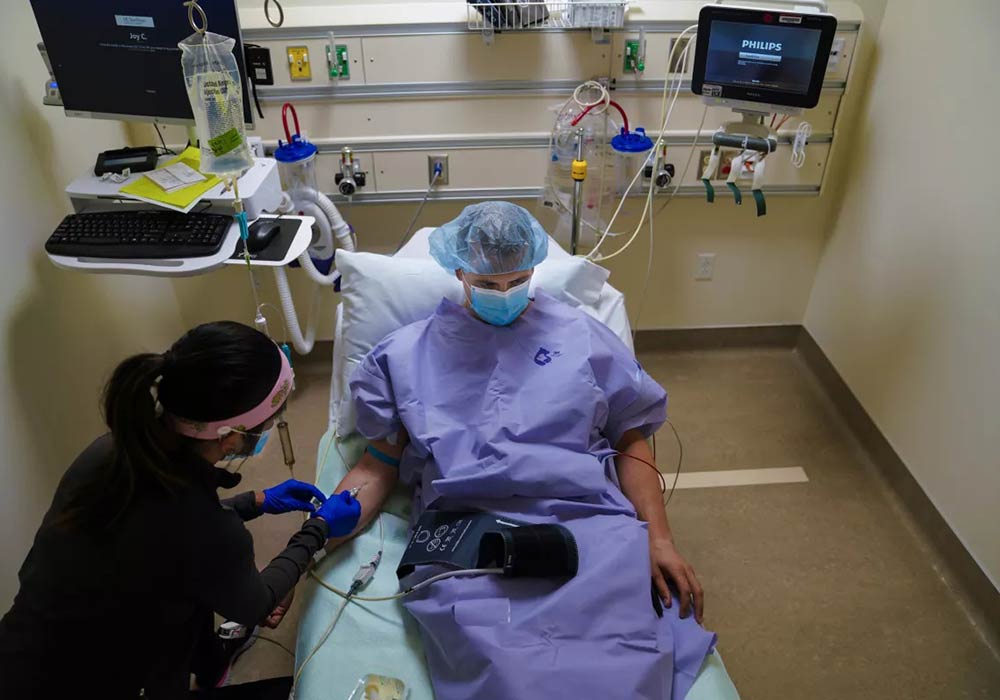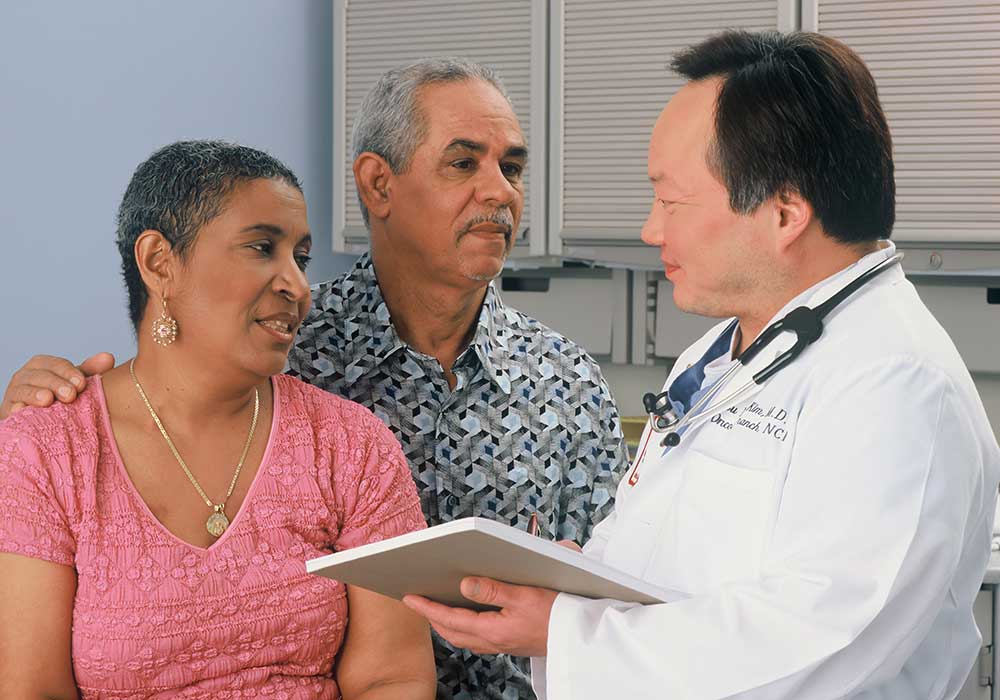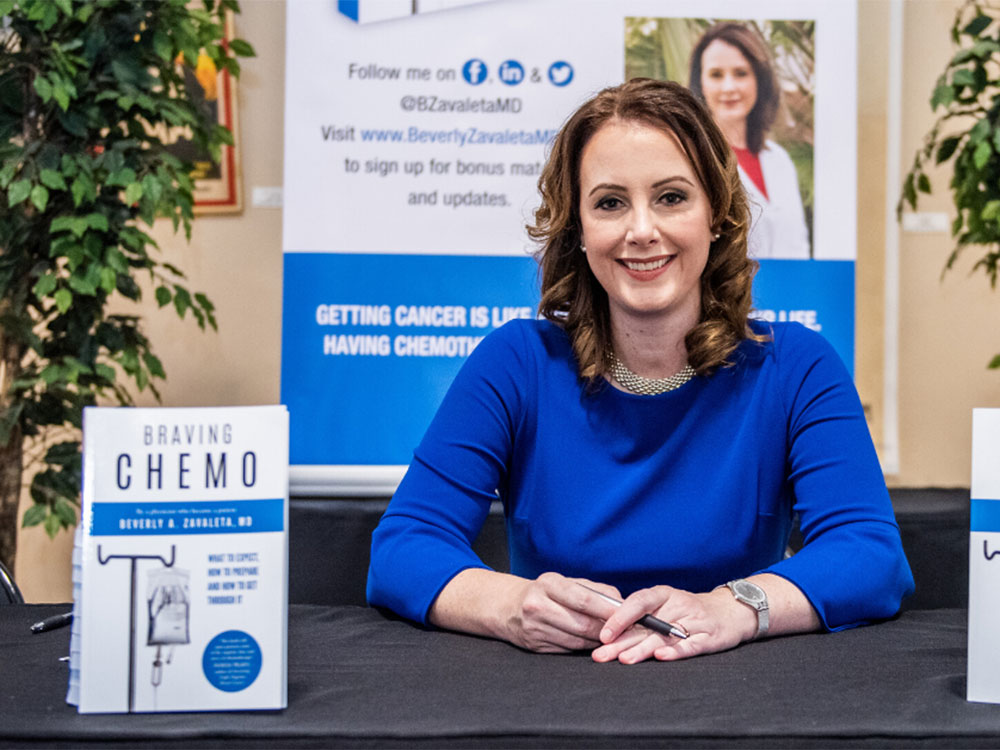
Mistakes in medical care occur far more frequently than any one of us would like to think. But when it happens to you, or to someone you love, it can be devastating. My recent Op/Ed in the San Diego Union-Tribune highlights opportunities to improve on the delivery of healthcare here in the United States based on my husband’s surgery last year for a hiatal hernia.
Many thanks to the San Diego Union-Tribune for publishing this Op/Ed to help others navigating their own healthcare journey. And for steps you can take to try to protect yourself and loved ones before elective surgery, check out my blog: https://tellingstoriestochangelives.com/advocacy-insights-gained-from-my-husbands-surgery/








